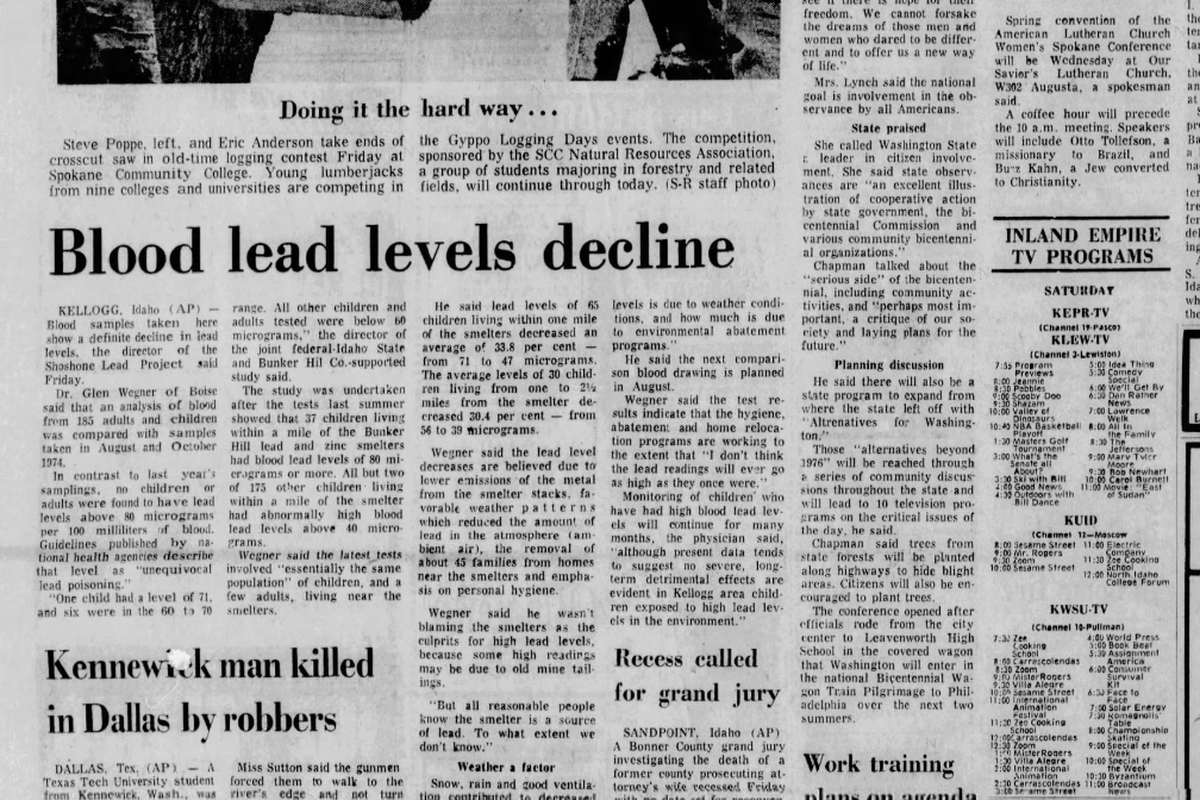This day in history: Lead levels dropped in Silver Valley residents; new study showed electric possibilities in Columbia Basin
Proponents of the Columbia Basin irrigation scheme were encouraged by a new study showed that the aggregate power potential “so far exceeds the needs of the project itself,” The Spokesman-Review reported on April 12, 1925. (Spokesman-Review archives)
From 1975: Levels of lead in the blood of Silver Valley residents showed “a definite decline.”
No children or adults in the Kellogg area showed lead levels high enough to be characterized as “unequivocal lead poisoning.”
This was a rare bit of good news in the Silver Valley.
A year earlier, 37 children had levels above that threshold. Overall levels of lead in the blood declined by around 30%.
The reasons included “lower emissions from the smelter stacks,” more favorable atmospheric conditions and the fact that 45 families had been moved away from the smelter.
From 1925: Proponents of the Columbia Basin irrigation scheme were encouraged by a new idea that could help pay for the project: selling the surplus power from the dams.
A new study showed that the aggregate power potential “so far exceeds the needs of the project itself,” that it could lift the financial burden for the farmers in the newly irrigated land.
Up to this point the proposed Columbia Basin project had been considered primarily an irrigation project, not a power project.
That feeling was beginning to change.
Also on this day
(From onthisday.com)
1861: Fort Sumter in South Carolina is attacked by the Confederacy, beginning the Civil War.
1945: President Franklin D. Roosevelt dies in office; Vice President Harry Truman is sworn in as 33rd U.S. President
.

